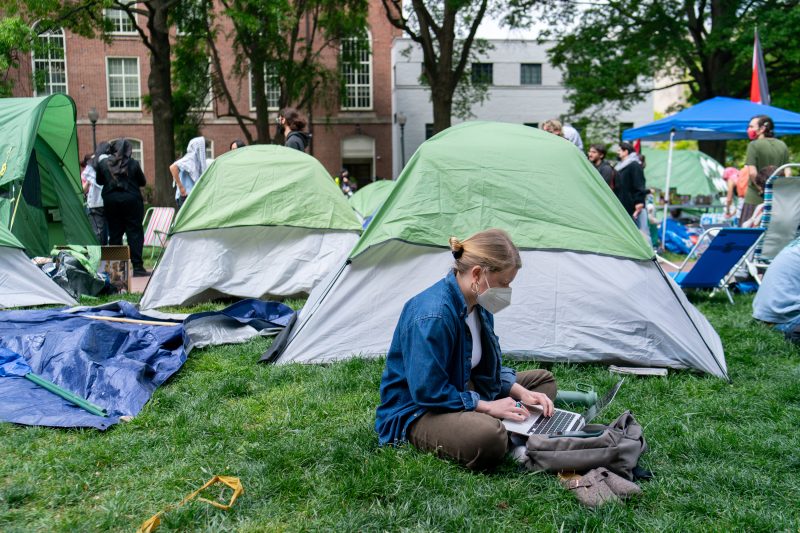The relationship between different age groups is as old as humanity itself. Throughout history, older and younger people have often found themselves at odds with each other, each generation believing their values and beliefs to be superior. This age-old conflict has manifested in various ways over time, shaping societal norms and expectations.
In ancient civilizations, older individuals were revered for their wisdom and experience. Elders played significant roles in decision-making processes and were seen as the bearers of tradition and knowledge. The wisdom of the elders was valued and respected, and their opinions held great weight in matters of governance and morality.
On the other hand, younger members of society often challenged the status quo and sought to push boundaries. Youthful rebellion has been a consistent theme throughout history, with younger generations questioning established norms and seeking to carve out their own paths. This tension between tradition and innovation has led to significant social and cultural changes.
The Industrial Revolution marked a significant shift in the dynamics between older and younger people. As industrialization spread, older individuals often struggled to adapt to the rapidly changing world, clinging to traditional ways of life. Younger generations, on the other hand, embraced technological advancements and sought new opportunities for growth and progress. This gap in understanding and perspective widened as society underwent rapid transformations.
In the modern era, the digital revolution has further exacerbated the differences between older and younger individuals. The advent of social media and technology has created a new set of challenges and opportunities for intergenerational relationships. Older individuals may struggle to keep up with the pace of technological change, while younger generations navigate a digital landscape that is constantly evolving.
Despite these challenges, intergenerational relationships can also be a source of strength and growth. By bridging the gap between different age groups, individuals can learn from each other’s perspectives and experiences. Older individuals can offer valuable insights and guidance based on their life experiences, while younger generations can bring fresh ideas and innovation to the table.
Ultimately, the dynamic between older and younger people is a complex and multifaceted one. While tensions and conflicts may arise, there is also great potential for mutual understanding and collaboration. By recognizing and appreciating the unique perspectives of each generation, individuals can work together to create a more inclusive and harmonious society.



























